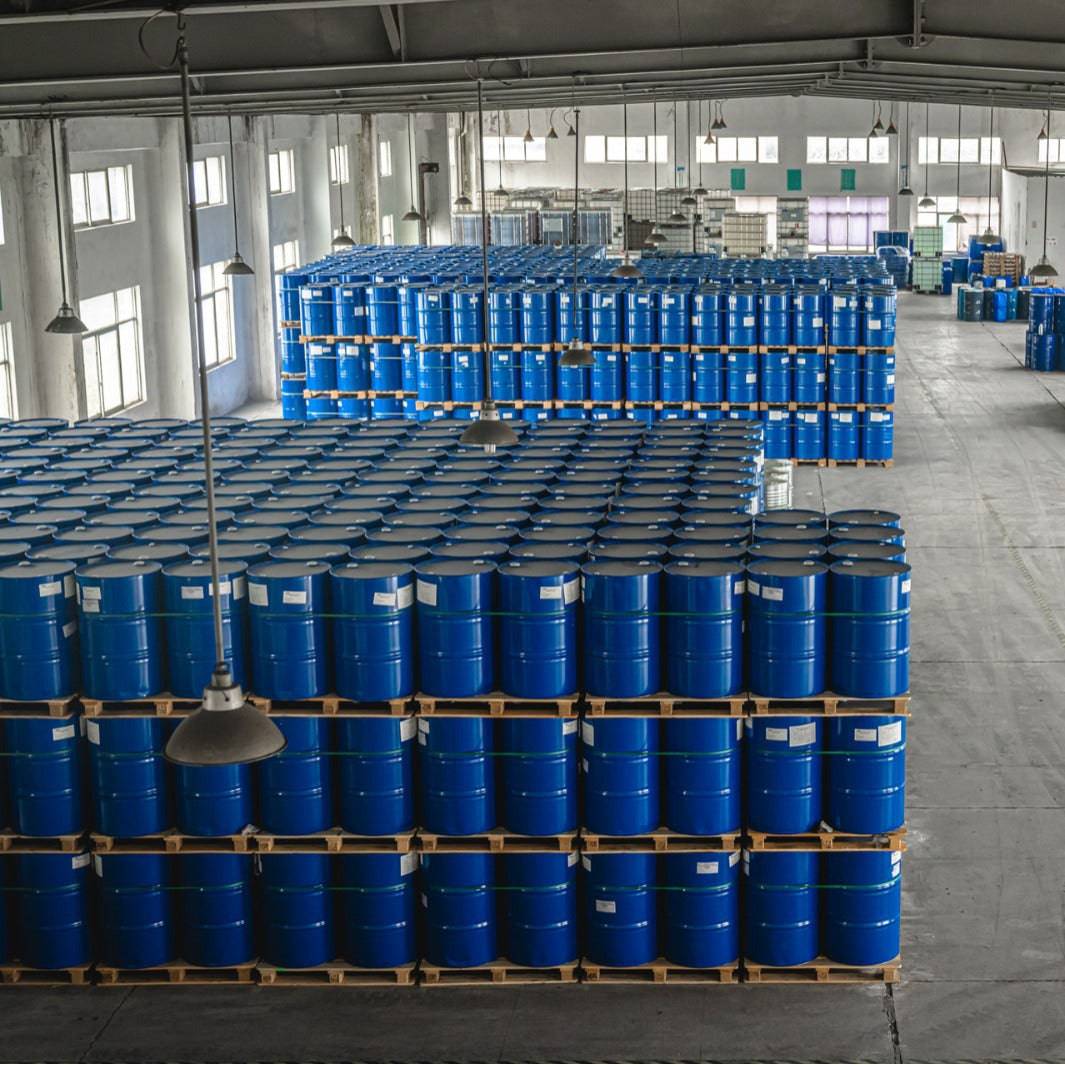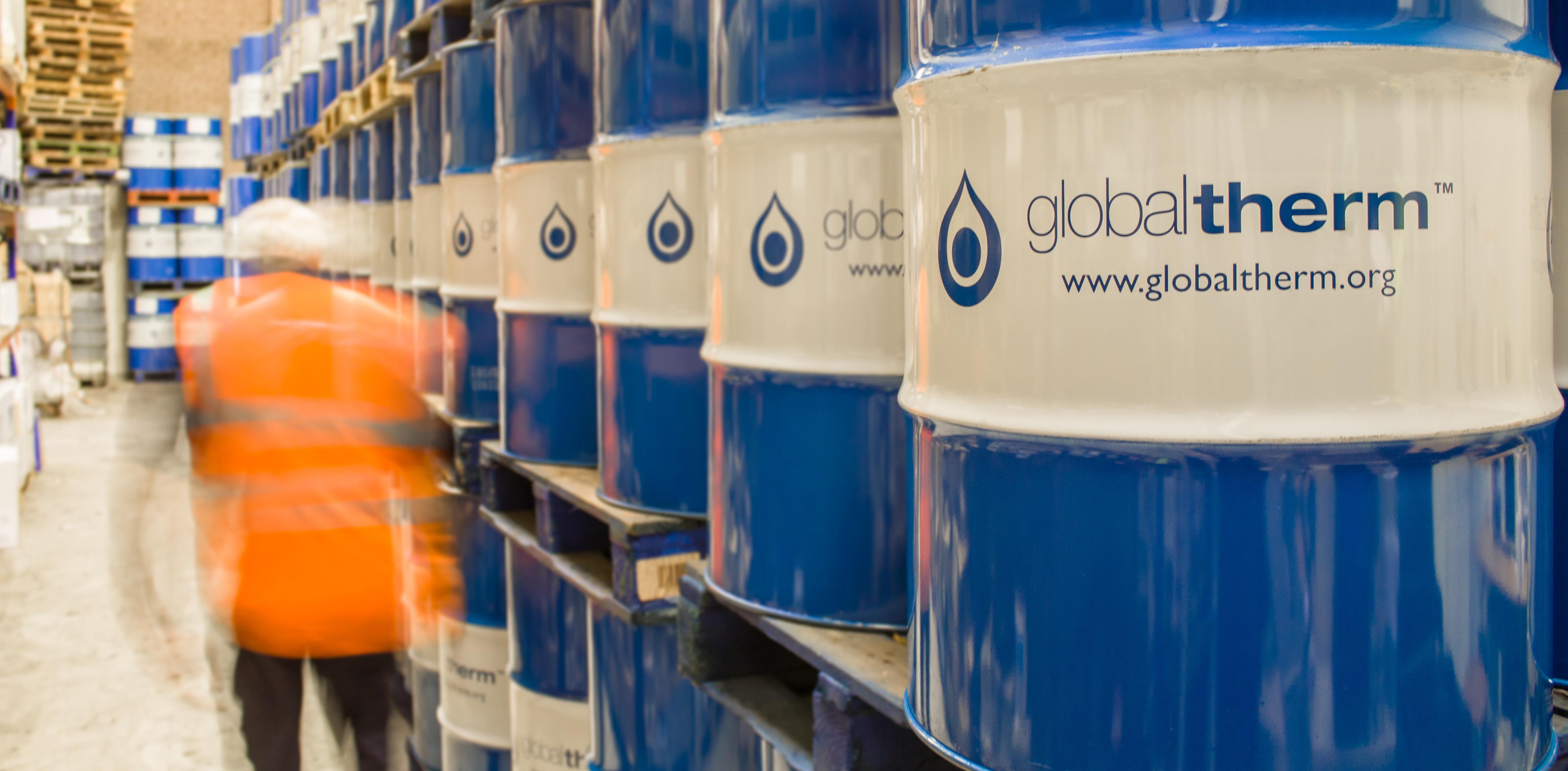Why Choosing the Right Heat Transfer Fluid Is Critical for Optimal System Effectiveness
Picking a suitable heat transfer liquid is a crucial decision that can significantly impact system performance and operational costs. As the ramifications of this choice prolong far past instant performance, recognizing the subtleties of fluid selection ends up being essential for any person looking to achieve optimal system efficiency.
Relevance of Heat Transfer Fluids
What function do warm transfer liquids play in commercial processes? Warmth transfer fluids are essential for the efficient transfer of thermal energy within different commercial systems.
The selection of warmth transfer liquid can substantially affect energy security, efficiency, and equipment long life. Fluids have to can enduring high temperatures and stress without deteriorating, along with exhibition very little volatility and low toxicity. Their efficiency straight influences not only the productivity of the system however also its functional expenses.
Moreover, heat transfer liquids play an important function in keeping process control, ensuring that temperature level variations are minimized. This is specifically vital in sensitive applications such as drugs and petrochemicals, where accurate temperature level monitoring is critical. Overall, the significance of picking the ideal warm transfer liquid can not be overstated, as it is integral to maximizing commercial procedures and boosting overall system efficiency.
Secret Residence to Think About
When choosing a heat transfer fluid, which crucial residential properties should be prioritized to make certain optimum performance? Thermal conductivity is essential; a liquid with high thermal conductivity will efficiently transfer warmth, reducing energy loss. Additionally, the certain warm ability of the liquid is essential, as it establishes just how much power the liquid can save and launch, influencing general system responsiveness.
Viscosity is an additional significant home to consider, as it influences the liquid's flow features; lower viscosity fluids are usually chosen for much easier blood circulation and decreased pumping energy. The liquid's temperature array is equally crucial; it should carry out effectively within the operational temperatures of the system without breaking down or vaporizing.
Chemical security is necessary to stop destruction over time, which can bring about system inadequacies and possible failures - dielectric cooling fluid. Compatibility with system materials must not be neglected to avoid corrosion or damage to components. Lastly, take into consideration the environmental influence and safety account of the fluid, as laws and sustainability objectives progressively influence liquid selection. By prioritizing these key buildings, one can choose a warm transfer liquid that improves system resilience and dependability.

Influence On System Performance
The choice of heat transfer liquid straight affects system efficiency, impacting both power intake and operational efficiency. A fluid's thermal conductivity, viscosity, and warm capability play critical duties in how efficiently it transfers warm within a system. Optimum fluid residential or commercial properties make certain that warmth is taken in and distributed efficiently, lessening energy losses and boosting the general performance of the system.

Additionally, the compatibility of the fluid with system products can dramatically discover this influence efficiency. A fluid that creates deterioration or degradation can lead to leakages and system failings, additionally decreasing efficiency. In recap, the ideal warm transfer fluid not just makes the most of energy effectiveness and decreases costs but additionally enhances the integrity and long life of the system, making it an important consideration for designers and decision-makers in thermal administration applications.
Typical Types of Heat Transfer Fluids
A selection of warm transfer liquids are typically employed in thermal management systems, each with distinctive residential or commercial properties suited to certain applications. Water is among the most extensively used heat transfer fluids because of its high certain warm ability, inexpensive, and availability. Its freezing factor restricts its use in low-temperature applications.
Thermal oils, frequently stemmed from oil, are an additional preferred selection, particularly in high-temperature systems. These liquids can run at elevated temperatures without vaporizing, making them optimal for industrial applications. Nevertheless, they may have limitations concerning thermal stability.
Refrigerants, used mostly in cooling systems, have distinct thermodynamic buildings that permit effective heat transfer at reduced temperatures. Their option is essential to guarantee effectiveness and compliance with environmental regulations.

In enhancement, phase change materials (PCMs) are getting traction for their capacity to take in and launch substantial amounts of heat throughout stage changes, offering a special solution for thermal power storage space. Each liquid's particular features should be examined for ideal efficiency.
Ideal Practices for Selection
Picking the proper heat transfer fluid entails careful visite site consideration of numerous key variables that line up with the certain requirements of the application. Assess the operational temperature level variety. The liquid has to maintain its homes and effectiveness across the designated temperature level range. Second, think about the fluid's thermal conductivity, which affects warmth transfer rates; greater thermal conductivity usually results in enhanced efficiency.
Furthermore, review the liquid's thickness, as it affects pumping power and general system effectiveness. Reduced viscosity liquids usually reduce energy intake throughout blood circulation. Compatibility with system materials is one more essential element; make sure that the fluid does not cause deterioration or degradation of elements and pipes.
Following, take into consideration the fluid's security and long life, especially in high-temperature applications. A steady liquid lessens maintenance and replacement costs. go now Last but not least, ecological and safety laws must lead your choice procedure, highlighting non-toxic and eco-friendly alternatives when feasible.
Conclusion
In verdict, picking the appropriate warmth transfer fluid is necessary for attaining ideal system effectiveness. The appropriate fluid boosts thermal conductivity, minimizes power losses, and promotes tools durability, ultimately resulting in enhanced system dependability and efficiency. Recognizing the crucial properties and impacts of numerous fluids on system efficiency is vital for informed decision-making. Sticking to best methods in fluid choice can result in considerable long-lasting expense savings and functional performance.
Warmth transfer liquids are important for the reliable transfer of thermal power within numerous commercial systems. Additionally, the specific warmth ability of the liquid is essential, as it determines just how much power the liquid can launch and keep, influencing total system responsiveness.
Think about the environmental effect and safety account of the fluid, as regulations and sustainability objectives significantly affect liquid selection - dielectric cooling fluid. A fluid's thermal conductivity, thickness, and heat ability play pivotal functions in just how successfully it moves heat within a system. Water is one of the most widely utilized warm transfer fluids due to its high specific warm capability, low expense, and availability